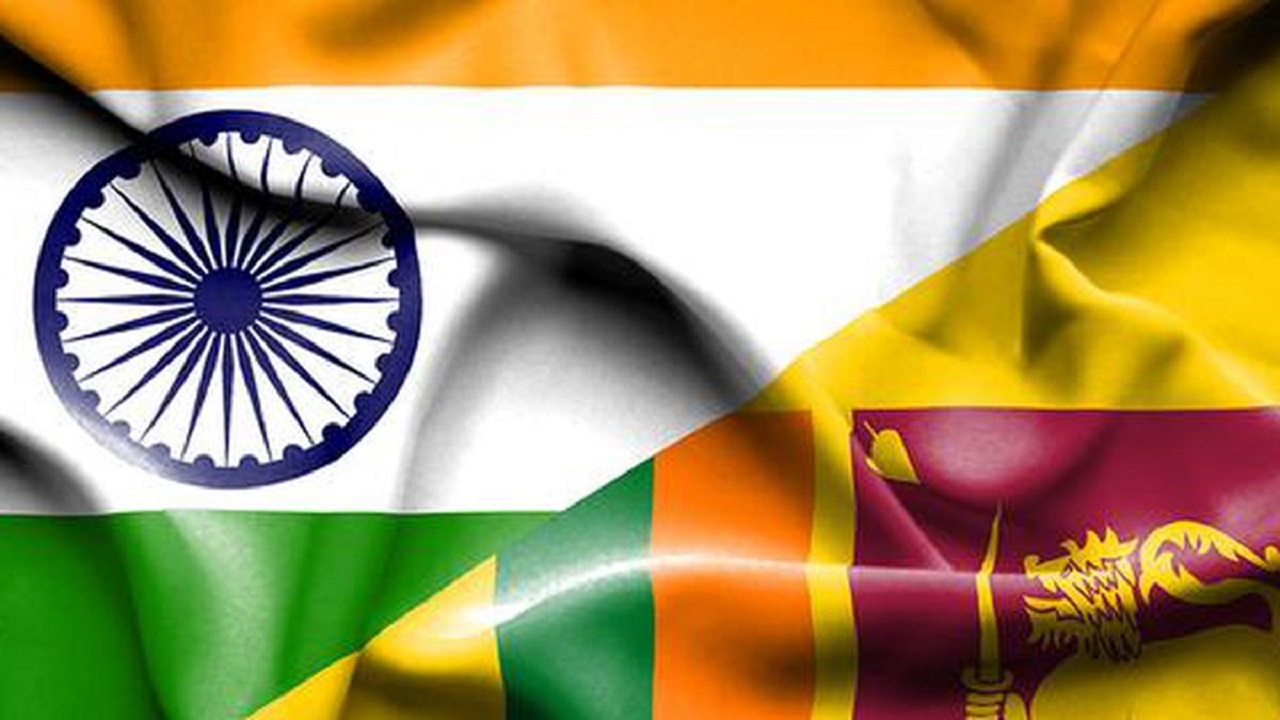Context:
The satellite monitoring data by the Indian Space Research Organisation (ISRO) has shown a large expansion in glacial lakes between 1984 and 2023 in the Himalayan region, which has posed an alarming situation for the downstream areas.
Background:
The glacial lakes are categorised based on their formation process into four broad categories, namely Moraine-dammed (water dammed by moraine), Ice-dammed (water dammed by ice), erosion-dammed (water dammed in depressions formed by erosion), and other glacial lakes.
ISRO’s Observation on Expansion of Himalayan Glacial Lakes:
- Of the 2,431 lakes larger than 10 hectares identified during 2016-17, 676 glacial lakes have notably expanded since 1984. 130 of these lakes are situated within India, with 65, 7, and 58 lakes located in the Indus, Ganga, and Brahmaputra River basins, respectively.
- Long-term changes in the Ghepang Ghat glacial lake (Indus River Basin) at an elevation of 4,068 m in Himachal Pradesh, India, show a 178% increase in size from 36.49 to 101.30 hectares between 1989 and 2022.
Causes of Expanding Glacial Lakes in the Himalayas:
- Global Warming is causing temperatures to rise in the Himalayas, leading to increased melting of glaciers. This meltwater feeds into existing glacial lakes, causing them to expand in size.
- As glaciers melt, they not only contribute water to the lakes but also expose new land surfaces. This allows for the formation of new glacial lakes.
- Glaciers are often dammed by natural walls of rock and debris called moraines. As glaciers shrink, these moraines become weaker and more susceptible to collapse. A sudden collapse can trigger a Glacial Lake Outburst Flood (GLOF), a catastrophic event where a large volume of water is released downstream.
- Changes in precipitation patterns, including increased rainfall and snowfall in the region, can contribute to the expansion of glacial lakes by providing more water to fill them.
- Permafrost, which is soil that remains frozen year-round, acts as a natural barrier to water drainage. As permafrost thaws due to warming temperatures, it can create depressions that collect water, contributing to the expansion of glacial lakes.
- Infrastructure development, such as roads and hydropower projects, can alter the natural drainage patterns of glacial lakes, leading to their expansion. Additionally, activities such as mining and deforestation can indirectly contribute to glacial lake expansion by accelerating climate change.
Way Forward:
- Addressing the root cause of glacial melt and retreat by reducing greenhouse gas emissions is crucial. This involves global efforts to mitigate climate change through measures such as transitioning to renewable energy, increasing energy efficiency, and implementing policies to reduce carbon emissions across various sectors.
- Developing and implementing early warning systems for monitoring glacial lakes, weather forecasting, and communication networks to disseminate timely alerts to at-risk communities.
- Implementing engineering measures to stabilize and manage glacial lakes can help reduce the risk of GLOFs. This may involve constructing infrastructure such as spillways, drainage channels, and dams to control water levels and prevent uncontrolled releases of water.
- Restoring and conserving natural ecosystems, such as wetlands and forests, can help regulate water flow. These natural infrastructure solutions can also provide additional benefits, such as habitat conservation and carbon sequestration.
- Involving local communities in risk assessment, planning, and decision-making processes is essential for effective glacial lake management. Building local capacity for disaster preparedness, including training in emergency response and evacuation procedures, can help communities better cope with GLOFs and other hazards.
- Given the transboundary nature of many glacial lakes in the Himalayas, international cooperation is essential for effective management and risk reduction. Collaborative efforts among countries sharing glacier-fed river basins can facilitate information sharing, joint monitoring, and coordinated action to address common challenges.




Comments (0)